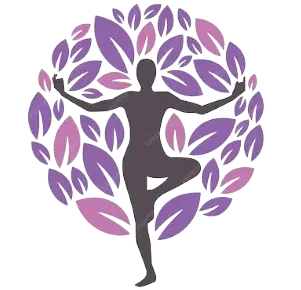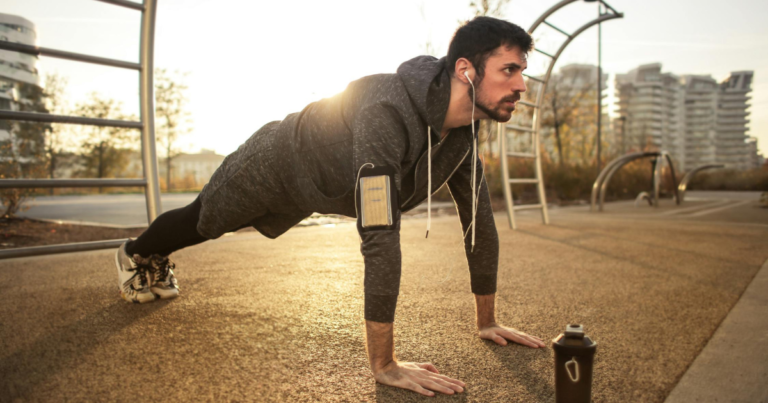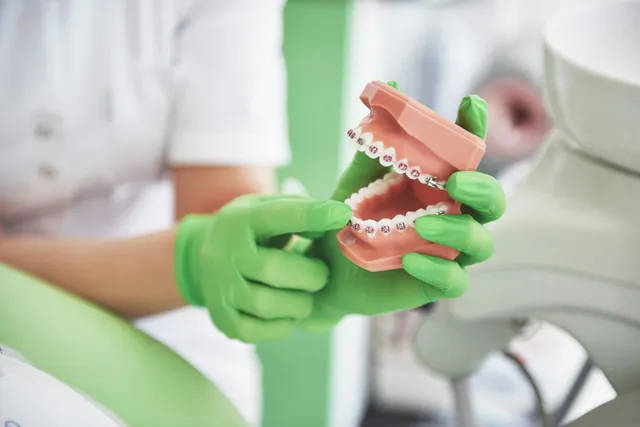Arthritis in Big Toe: A Daily Struggle

Introduction Arthritis in Big Toe
Hallux rigidus, or arthritis in big toe, is quite a popular affliction that can cause a lot of trouble. This article aims to discuss its impact and experience of living with this condition, showing physical discomfort, motor disorders, and psychological burdens. Further, we shall provide information on how individuals can deal with the conditions, manage them through various therapies, and other measures that can be taken to enhance the well-being of the patients.
An Overview of Arthritis in Big Toe
Arthritis is a condition that affects the big toe due to the wearing out of the cartilage in the joint which causes pain, stiffness, and inflammation. This condition may be due to ageing, an injury or a medical condition such as gout or rheumatoid arthritis. The first metatarsal is responsible for walking, balancing, and overall function of the foot; thus, any pain in this area may become troublesome.
The focus on physical pain and mobility issues
The main effect of arthritis in big toe is that it causes the individual suffering from it to feel pain. This pain can be from moderate to excruciating making it hard for a patient to walk or even stand. Stiffness in the joint can also lead to a restriction of motion, and may change how one moves or even their posture. Another major problem that people with arthritis in big toe can experience is mobility problems. The discomfort that comes with this condition limits one’s ability to wear some forms of shoes, especially the ones with narrow toes. This limitation can affect activity levels, and it ranges from exercising to other engagements such as going out.
Emotional and Psychological Impacts
It is not just a physical issue, but it also impacts the mental wellbeing of an individual as well as their day to day life. Major findings identified patient frustration, anxiety, and even depression as common among those who have arthritis in big toe. It may cause a loss of control and is accompanied by hopelessness and loneliness since the condition may limit one’s abilities. Thus, these emotional issues should also be treated along with physical ailments.
Diagnosis and Medical Consultation
If you are having arthritis, it is advisable to consult a doctor especially if the problem is in the big toe. It is advisable to seek the services of a health consultant for a physical examination, and possibly carry out an X-ray. If the condition is diagnosed early, it will reduce the extent of joint damage as well as allow you to begin the treatment process.
Treatment Options
Treatment of arthritis in big toe is usually holistic in approach with other treatments complementing the ones mentioned above. The use of drugs such as nonsteroidal anti-inflammatory drugs (NSAIDs) plays a role in minimizing pain and inflammation. Some of the benefits that come with physical therapy include regaining or increasing joint flexibility and strength, as well as performing exercises that may be customized according to the person’s abilities.
Surgical Interventions
Surgery is sometimes required when other treatments do not work, especially in extreme situations. Surgical operations such as cheilectomy, arthrodesis, or joint replacement may help ease the pain and restore functionality. However, as with any operation, there are dangers, and the healing process may take many months; therefore, it is crucial to consult a physician.
Coping Strategies and Treatment Options
Fortunately, there are several strategies and treatments available to help manage arthritis in big toe:
- Medication: Ibuprofen or Paracetamol which are available over the counter help to alleviate pain and inflammation. Sometimes, the doctors recommend other forms of medication or a steroid injection for severe symptoms.
- Physical Therapy: Before, joint flexibility and strength can also be enhanced through physical therapy to reduce pain and increase mobility.
- Footwear Adjustments: Wearing shoes with a wide toe area and good arch support helps to decrease pressure on the big toe joint. Customized shoes can also help in other ways through the use of orthotics.
- Surgery: In very few cases, the doctor might suggest some surgical operations such as joint fusion or joint replacement that help to give back normal function along with the reduction of pain.
Lifestyle Adjustments
Making certain lifestyle changes can also help manage the symptoms of arthritis in big toe:
- Weight Management: Obesity puts a lot of pressure on the joints and this leads to pain that may also hinder the mobility of the affected limbs.
- Exercise: However, certain activities that do not stress the joints must be undertaken to keep the body fit without worsening the condition.
- Diet: Daily intake of foods with low levels of inflammation, including fruits, vegetables, omega 3 fatty acids as part of the diet will help to achieve joint health.
Final Thoughts
Having arthritis in big toe is undeniably painful, but it is not impossible to deal with it if proper approaches are employed. I made this blog post to help you understand all about this condition and possible treatments as well as lifestyle changes to enhance its quality. Most importantly, please bear in mind and remind yourself that you are not alone in this process and it is crucial to ask for assistance.
FAQs
Q.1: Which factors lead to arthritis in big toe?
Big toe arthritis can occur through wear and tear, trauma or heredity factors. Osteoarthritis and rheumatoid arthritis are some common types of arthritis which affects the hip joint.
Q.2: What medical tests are conducted to diagnose arthritis in big toe?
Diagnosis can include physical examination and imaging examinations such as X-rays to check for joint erosions and synovitis.
Q.3: Is there a possibility of curing arthritis in big toe?
It has no cure, however, the symptoms may be controlled through medications, physiotherapy and alteration of their daily activities.
Q.4: What are some non-surgical treatments for arthritis in the big toe?
Other treatment methods include medication, physical therapy, use of orthotic appliances and also change of diet.
Q.5: Does arthritis in the big toe always require surgery?
Surgery is often suggested only when all other methods of treatment are ineffective and the disease significantly affects the quality of life.





